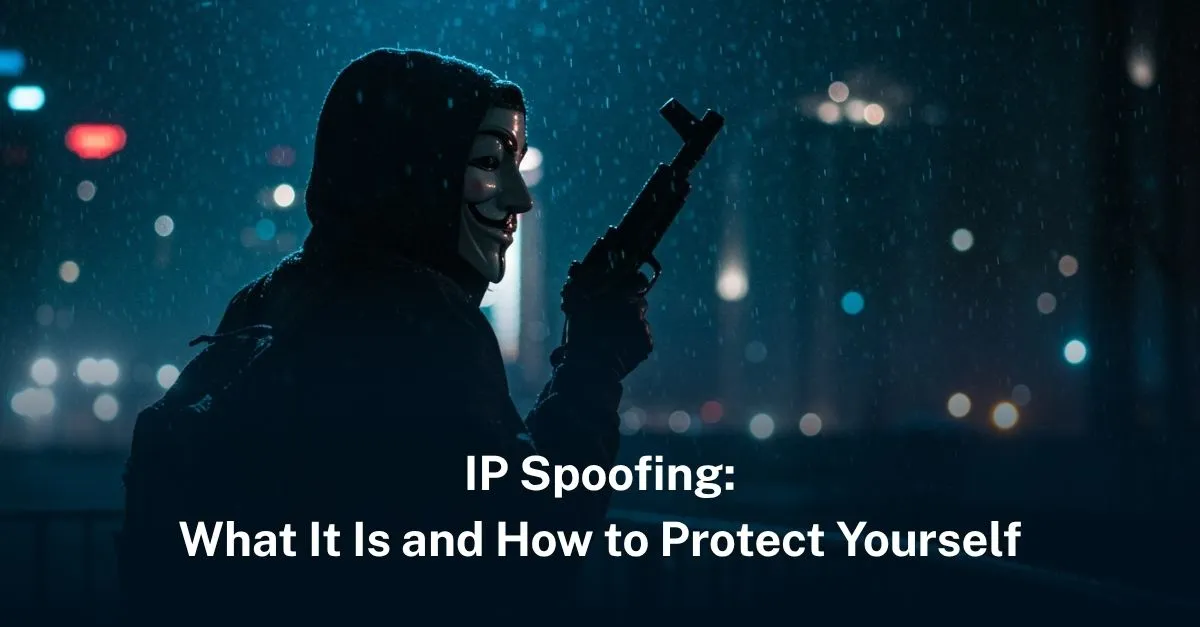In today’s digital world, where data moves at lightning speed, cybercriminals are constantly finding new ways to exploit vulnerabilities. One of the more deceptive techniques they use is called IP spoofing. While the term might sound technical, its implications can affect everyday users, businesses, and even governments. Understanding what IP spoofing is and how to protect yourself from it is crucial in maintaining a secure online presence.
What Is IP Spoofing?
IP spoofing is a technique where a hacker fakes the IP address of a device to make it look like it’s coming from a trusted source. The goal is to disguise the origin of the malicious traffic, often to bypass security measures, gain unauthorized access, or conduct attacks like denial-of-service (DoS) or man-in-the-middle (MITM) attacks.
Think of it like receiving a letter that looks like it came from your bank—but it’s actually from a scammer. In the digital world, your computer sees the fake IP as trustworthy and may accept the connection, opening the door to potential harm.
How IP Spoofing Works
Every device connected to the internet has an IP address, a unique identifier similar to a home address. When data packets are sent over the internet, they include a source IP address and a destination IP address. In IP spoofing, an attacker alters the source address to appear as if the packet is coming from a legitimate device.
This forged identity can be used in various attack types:
DoS/DDoS attacks: Bombarding a server with traffic from spoofed IPs to overwhelm it and cause a crash.
Session hijacking: Intercepting and taking control of an ongoing user session with a trusted system.
Bypassing firewalls or access controls that filter traffic based on IP addresses.
Why Is IP Spoofing Dangerous?
IP spoofing is particularly dangerous because it makes it hard to trace the attacker. It also allows malicious actors to impersonate trusted systems, making it easier to infiltrate networks, steal data, or disrupt services.
For businesses, IP spoofing can result in significant downtime, data breaches, and financial loss. For individual users, it can lead to identity theft, phishing attacks, or compromised devices.
How to Protect Yourself
While it’s difficult to completely eliminate the risk of IP spoofing, there are effective ways to reduce exposure:
Use firewalls and intrusion detection systems (IDS): These tools monitor traffic for suspicious behavior and can block spoofed packets.
Enable IP filtering: Configure your network to accept traffic only from trusted IP addresses.
Encrypt your data: Using protocols like HTTPS and VPNs helps prevent attackers from intercepting and modifying data packets.
Implement strong authentication: Use multi-factor authentication to prevent unauthorized access, even if an attacker manages to spoof an IP.
Regularly update software: Keeping systems and security patches up to date helps defend against known vulnerabilities.
Final Thoughts
IP spoofing is a clever and dangerous tactic in a hacker’s arsenal, but it’s not unbeatable. By staying informed and adopting strong cybersecurity practices, both individuals and organizations can guard against this threat. In a world where digital trust is everything, knowing who’s really on the other end of the connection has never been more important.










Leave a Reply